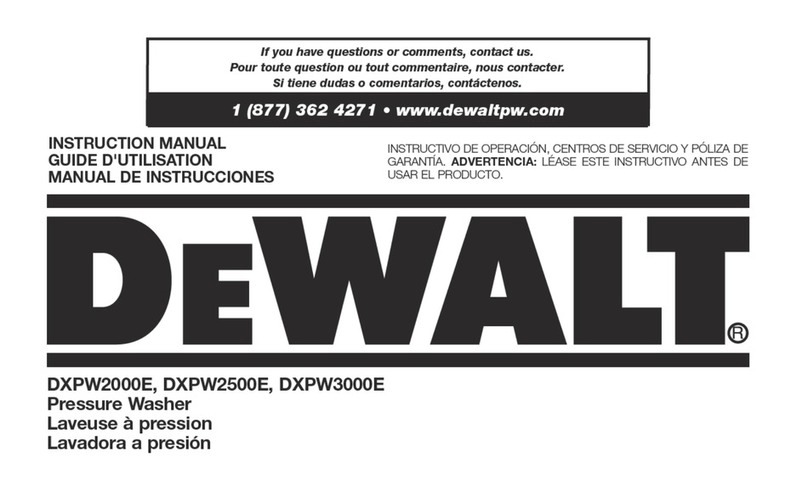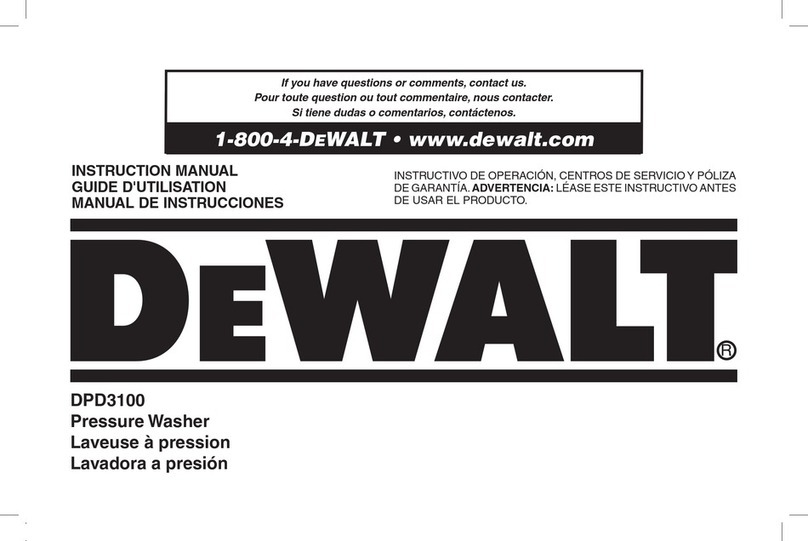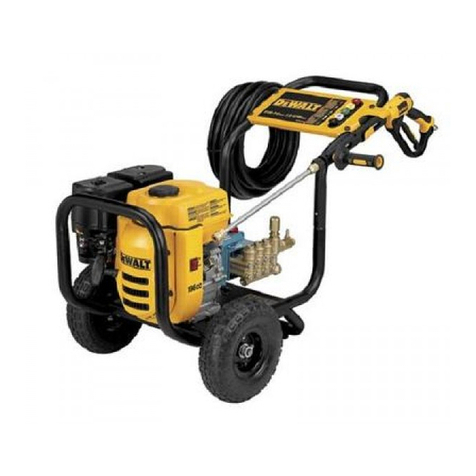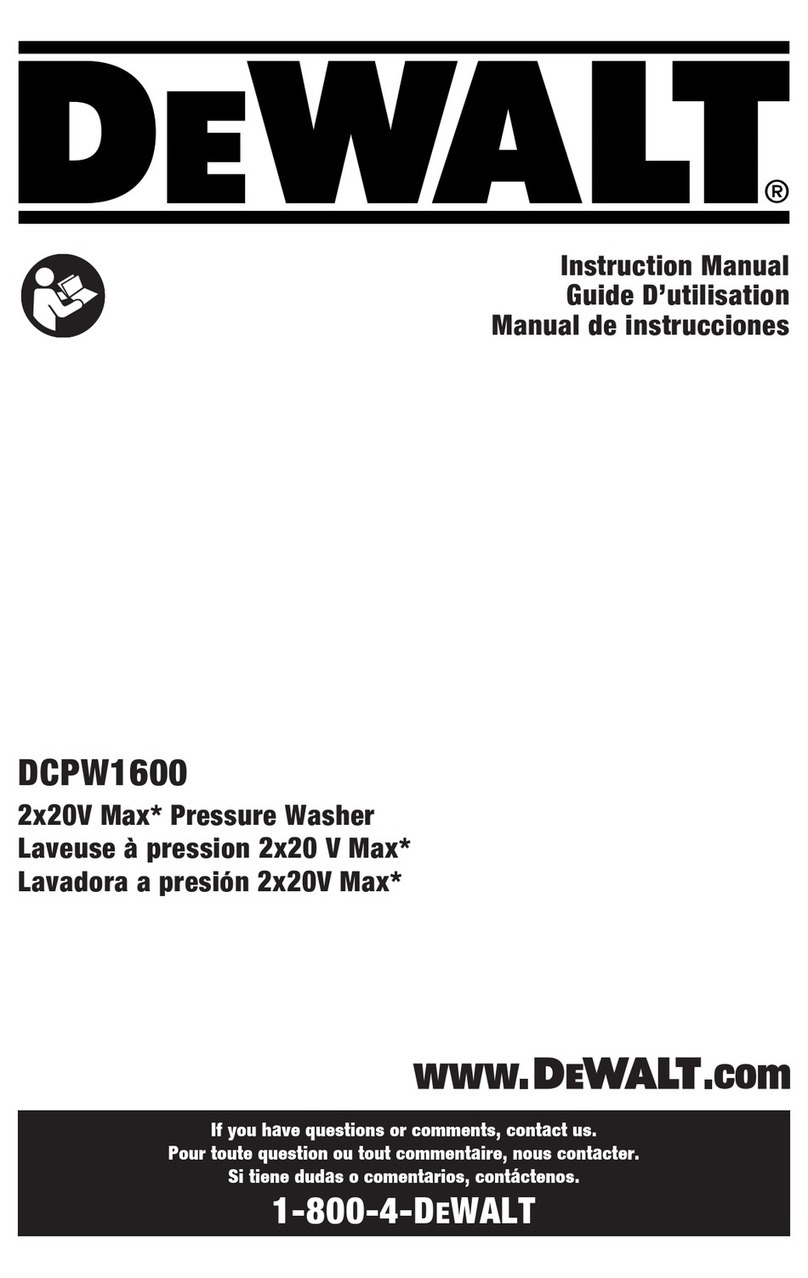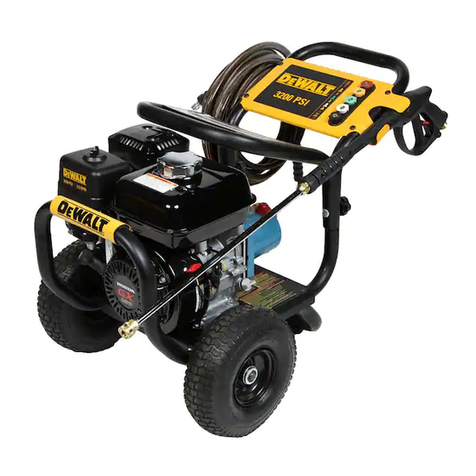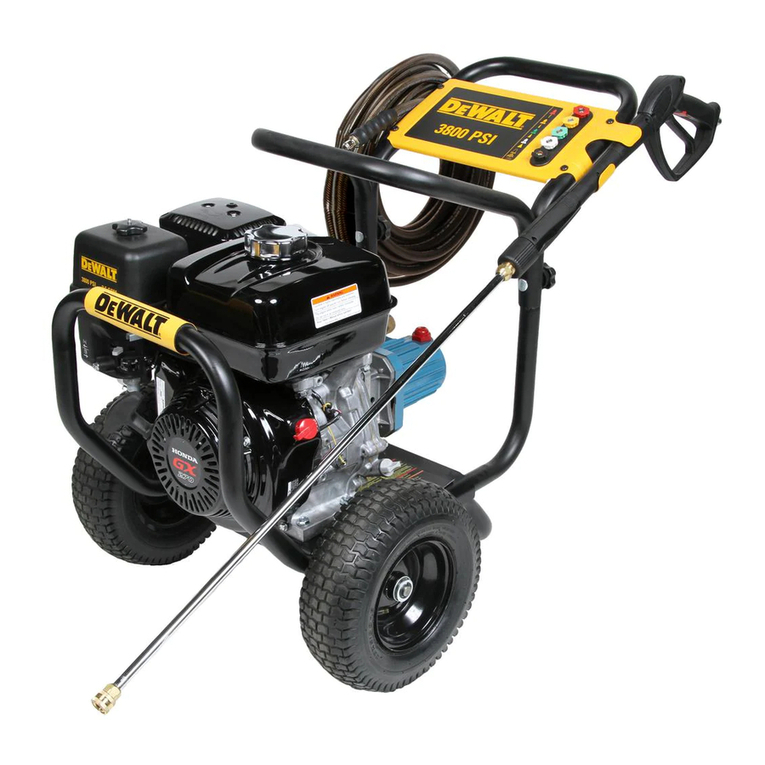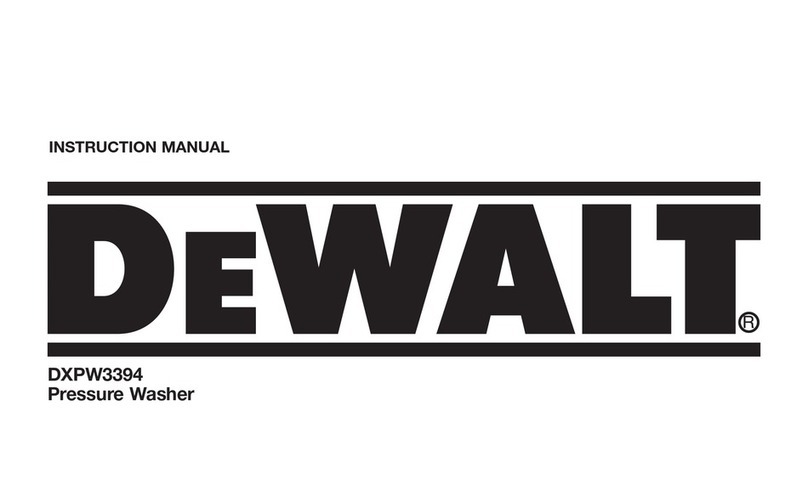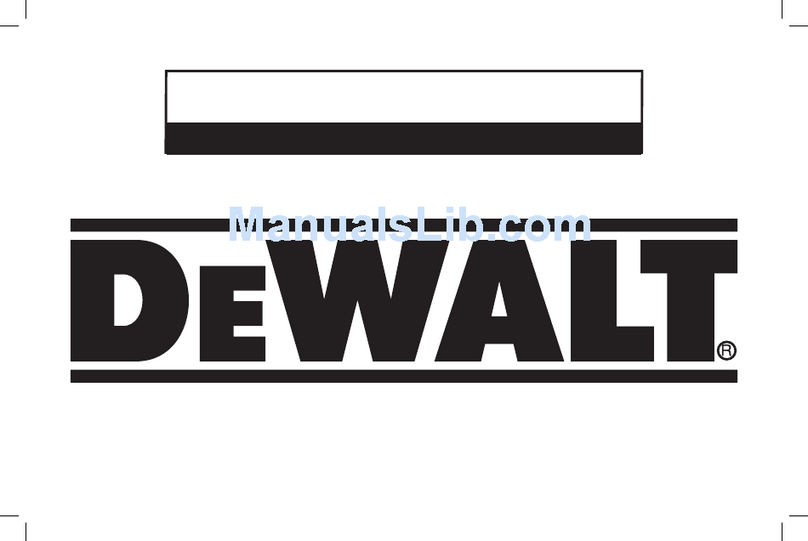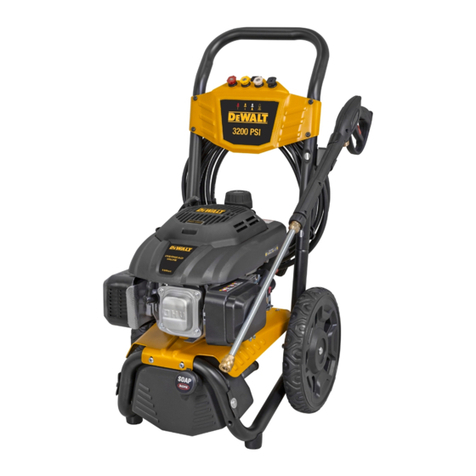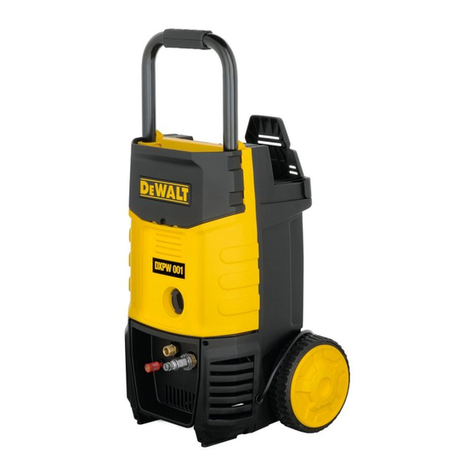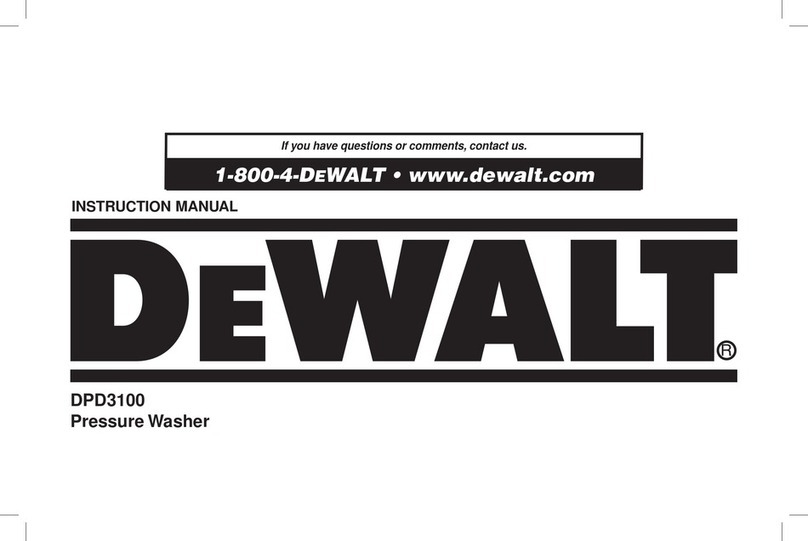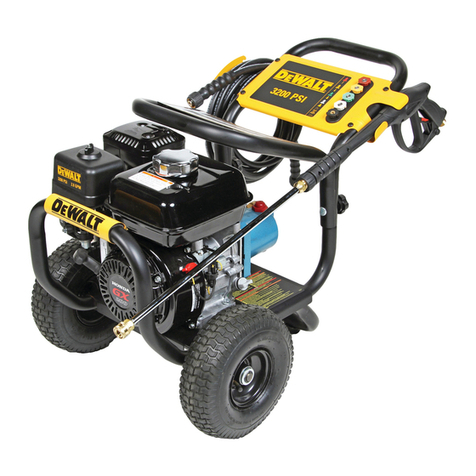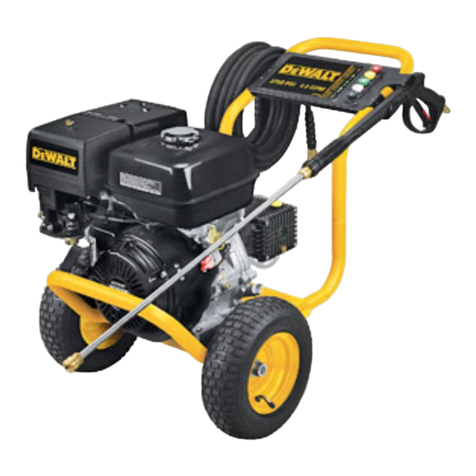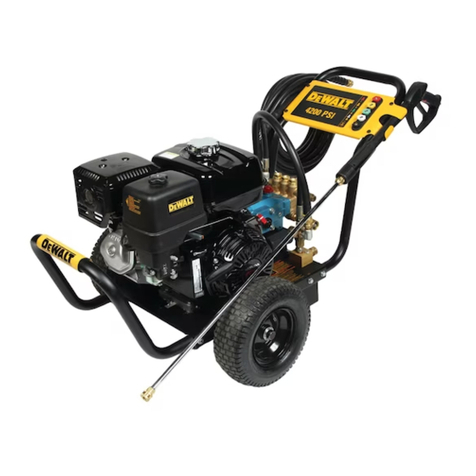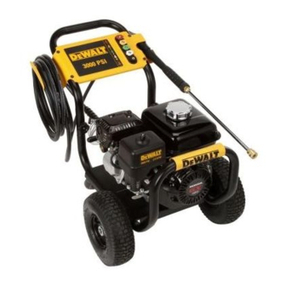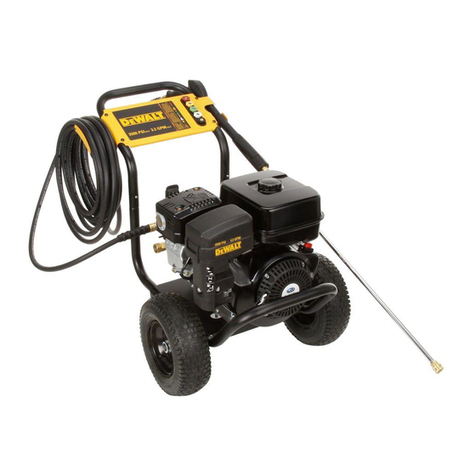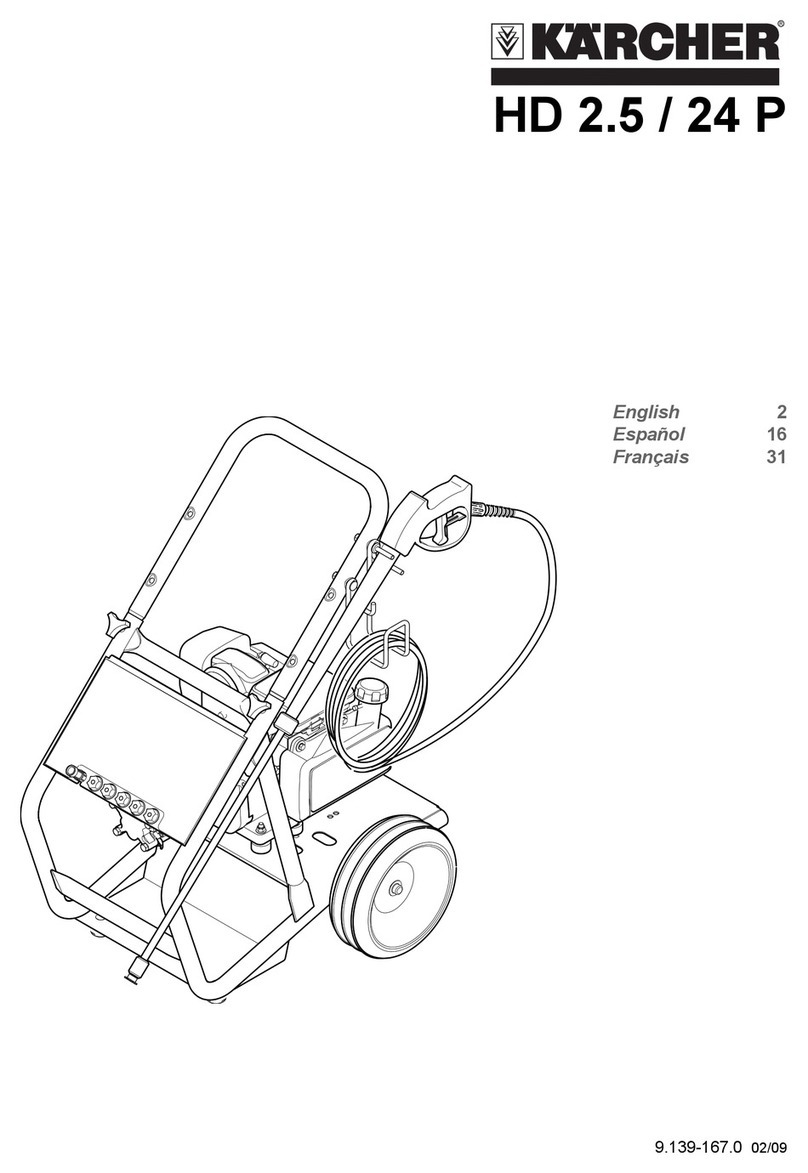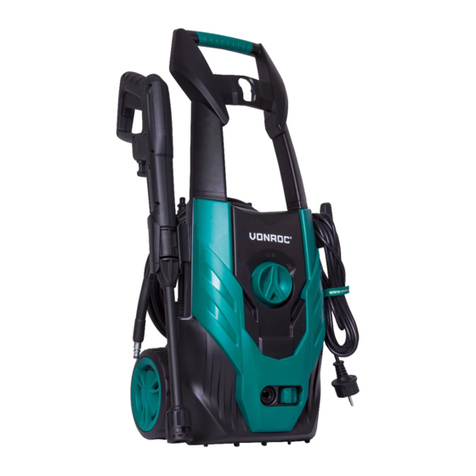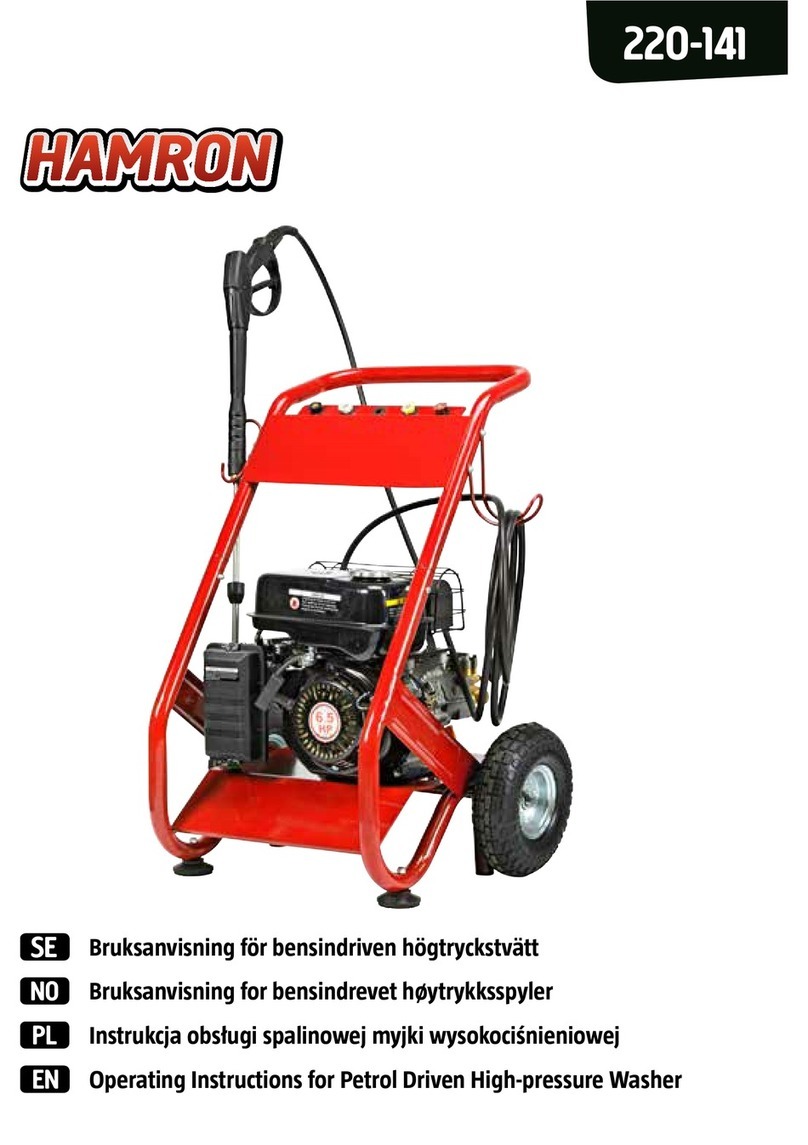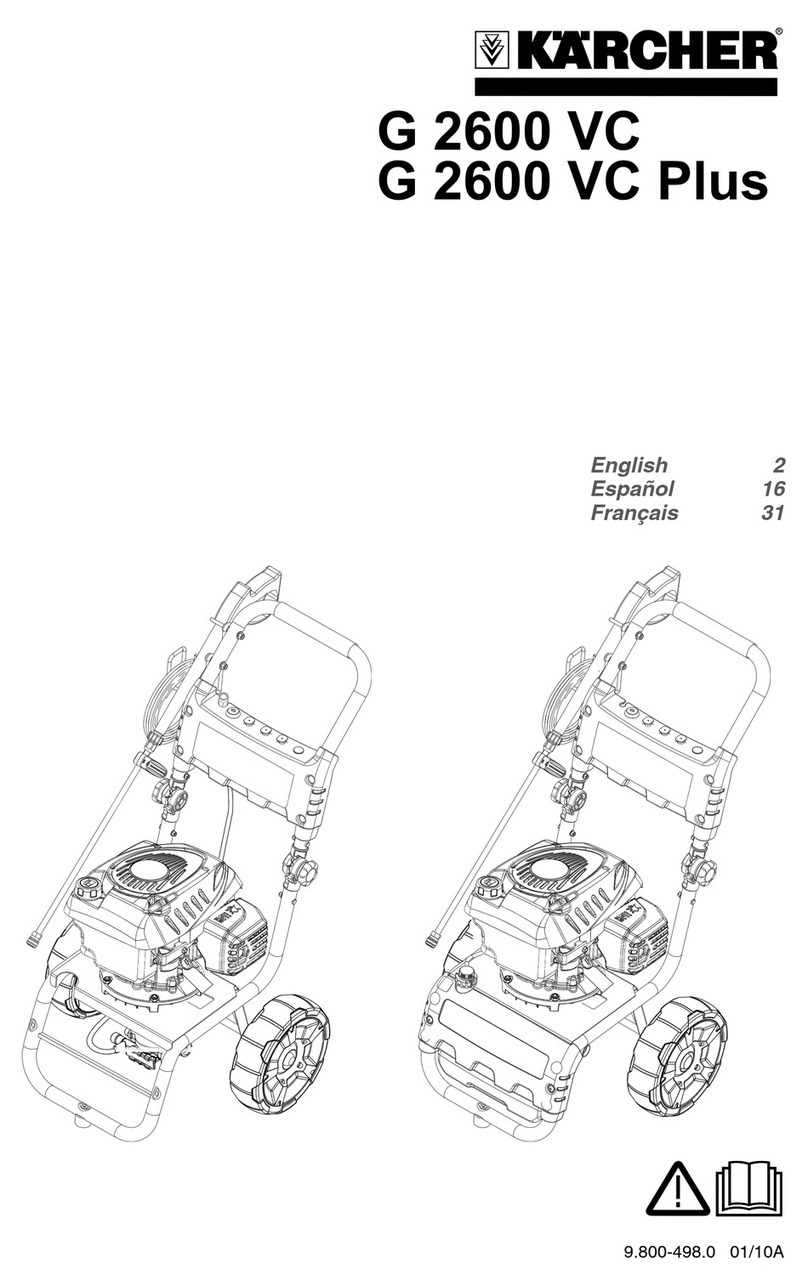4
WARNING: Do not operate this unit until you read this instruction
manual and the engine instruction manual for safety, operation and
maintenance instructions.
WARNING: When using this product basic precautions should
always be followed, including the following:
1. Read all instructions before using the product.
2. To reduce the risk of injury, close supervision is necessary when a
product is used near children.
3. Know how to stop the product and bleed pressures quickly. Be
thoroughly familiar with the controls.
4. Stay alert–watch what you are doing.
5. Do not operate the product when fatigued or under the influence of
alcohol or drugs.
6. Keep operating area clear of all persons.
7. Do not overreach or stand on unstable support. Keep good
footing and balance at all times.
8. Follow the maintenance instructions specified in the manual.
DANGER: RISK OF INJECTION OR SEVERE INJURY. KEEP
CLEAR OF NOZZLE. DO NOT DIRECT DISCHARGE STREAM
AT PERSONS. THIS PRODUCT IS TO BE USED ONLY BY
TRAINED OPERATORS.
WARNING: This product may not be equipped with a spark-
arresting muffler. If the product is not equipped and will be used
around flammable materials or on land covered with materials such
as agricultural crops, forest, brush, grass or other similar items,
then an approved spark arrester must be installed and is legally
required in the state of California. It is a violation of California statutes
section 130050 and/or sections 4442 and 4443 of the California
Public Resources Code, unless the engine is equipped with a spark
arrester, as defined in section 4442, and maintained in effective
working order. Spark arresters are also required on some U.S. Forest
Service land and may also be legally required under other statutes and
ordinances.
WARNING: This product and its exhaust contain chemicals
known to the State of California to cause cancer, and birth
defects or other reproductive harm. In addition, some cleaning
products and dust contain chemicals known to the State
of California to cause cancer, and birth defects or other
reproductive harm. Wash hands after handling.
SAVE THESE INSTRUCTIONS
DANGER: RISK OF EXPLOSION OR FIRE
WHAT CAN HAPPEN HOW TO PREVENT IT
•Spilledgasolineandit’svapors can become ignited
from cigarette sparks,
electrical arcing, exhaust
gases and hot engine
components such as
the muffler. •Shutoffengineandallow
it to cool before adding fuel
to the tank.
•Usecareinfillingtanktoavoid spilling fuel. Move
pressure washer away
from fueling area before
starting engine.
•Heatwillexpandfuelinthetank which could result in
spillage and possible fire
explosion. •Keepmaximumfuellevel
1/2" (12.7 mm) below
bottom of filler neck
to allow for expansion.

